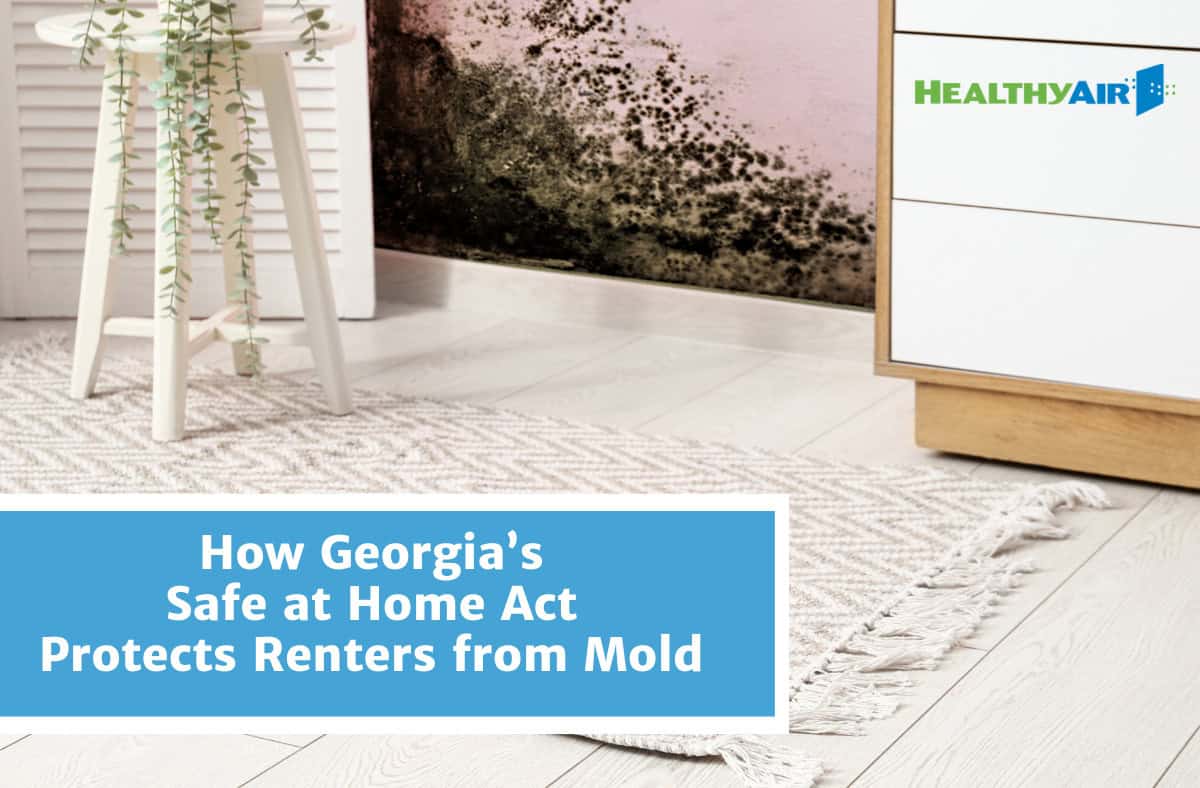What is the big deal about second hand tobacco smoke?
Environmental tobacco smoke, or ETS, contains more than 4,000 volatile organic compounds including more than 40 identified as…
What is the big deal about second hand tobacco smoke?
Environmental tobacco smoke, or ETS, contains more than 4,000 volatile organic compounds including more than 40 identified as carcinogenic (cancer- causing) to humans.
How does secondhand smoke affect my health?
Secondhand smoke has been classified by the U.S. Environmental Protection Agency (EPA) as a known cause of lung cancer in humans (Group A carcinogen). The EPA estimates that ETS causes approximately 3,000 lung cancer deaths in nonsmokers each year.
What are some one the effect of Environmental Tobacco Smoke (ETS) on children?
Children are especially vulnerable to secondhand tobacco smoke.
EPA estimates that passive smoking is responsible for between 150,000 and 300,000 lower respiratory tract infections in infants and children under 18 months of age annually, resulting in between 7,500 and 15,000 hospitalizations each year.
Children exposed to secondhand smoke are also more likely to have reduced lung function and symptoms of respiratory irritation like coughing, excess phlegm, and wheezing.
Passive smoking can lead to buildup of fluid in the middle ear, the most common cause of hospitalization of children for an operation.
Asthmatic children are especially at risk:
EPA estimates that exposure to secondhand smoke increases the number of episodes and severity of symptoms in hundreds of thousands of asthmatic children.
EPA estimates that between 200,000 and 1,000,000 asthmatic children have their condition made worse by exposure to secondhand smoke. Passive smoking may also cause thousands of non-asthmatic children to develop the condition each year.



